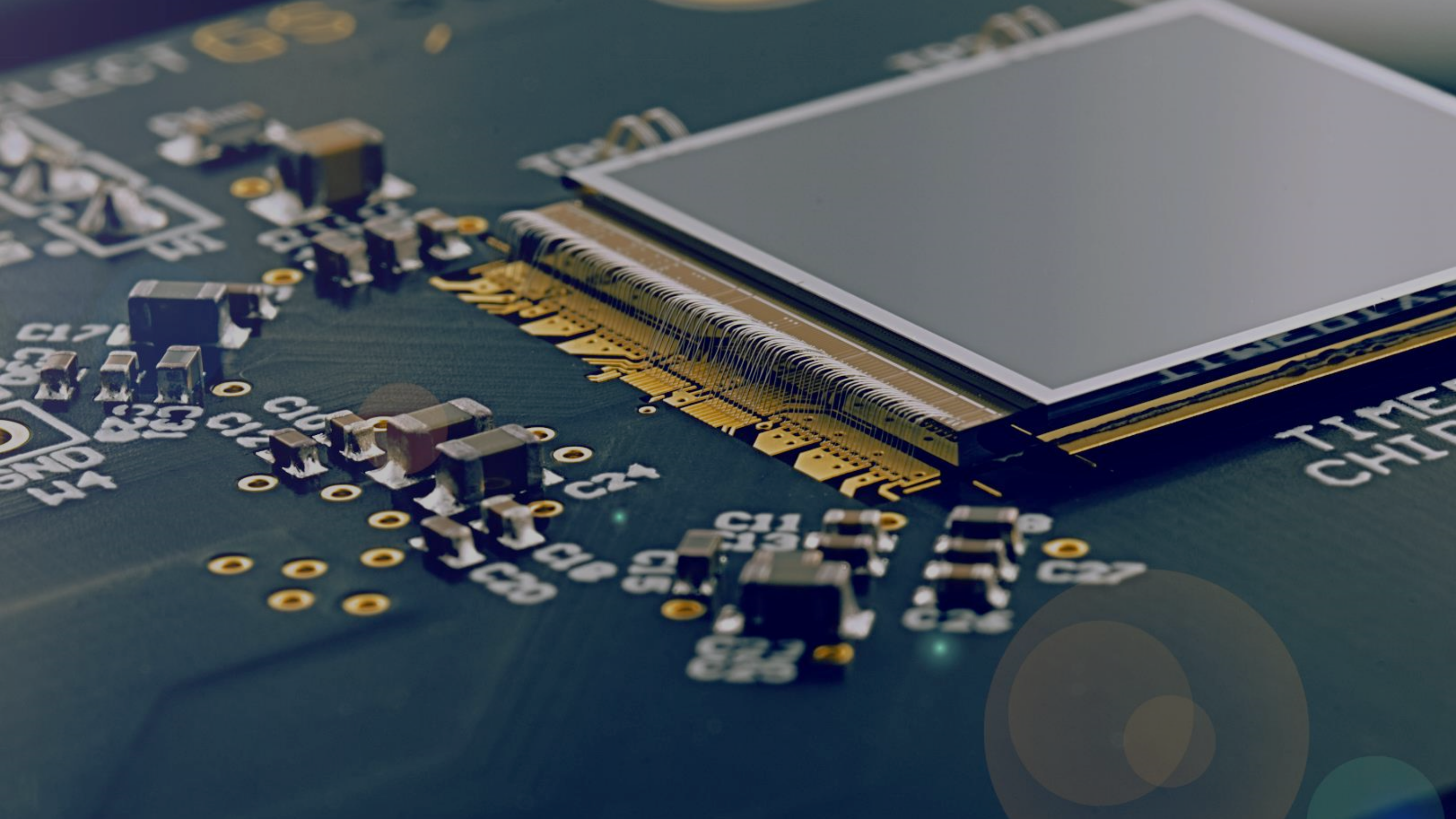
Die mounting and wire bonding services
AdvaFab offers mounting and wire bonding services for diode, 1D sensor and pixel sensor module products using its trusted production partners.
Component mounting on a PCB or ceramic, Al wedge and Au wire bonding services are offered for small batches or for large productions. In addition, manufacturing of the PCBs can be outsourced to Advafab’s partners.

Wire bonding of 1D sensors.
-
The Si pixel sensors modules, diodes and 1D sensors can be mounted, cured and wire bonded at relatively high temperatures up to 250 C. Both aluminum and gold wedge wire bonding can be used. The bias connection to the pixel sensor module can be directly wire bonded on the cathode aluminum layer that is typically at least 300 nm thick.
-
The compound semiconductor pixel sensors modules, diodes and 1D sensors can be mounted, cured and wire bonded at temperatures up to 120 C. Thus the curing method of the glue need to be carefully selected. Both aluminum and gold wedge wire bonding can be used. The bias connection to the pixel sensor module can be done by using a conductive adhesive, such as silver or carbon epoxy, on the cathode Pt layer that is typically only 100 nm thick.
Enhance Your Devices with Our Next-Generation Semiconductors
Join the ranks of the most advanced technology users with our cutting-edge solutions
Our Services – We offer full service catalog from design to production
We offer a comprehensive suite of semiconductor services, expertly crafted to meet the demands of both small and large-scale productions as well as the most ambitious research & development projects.

